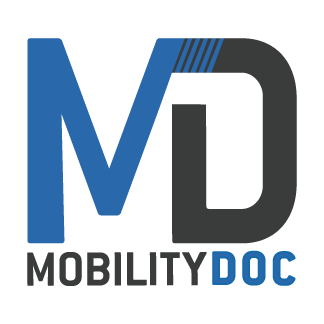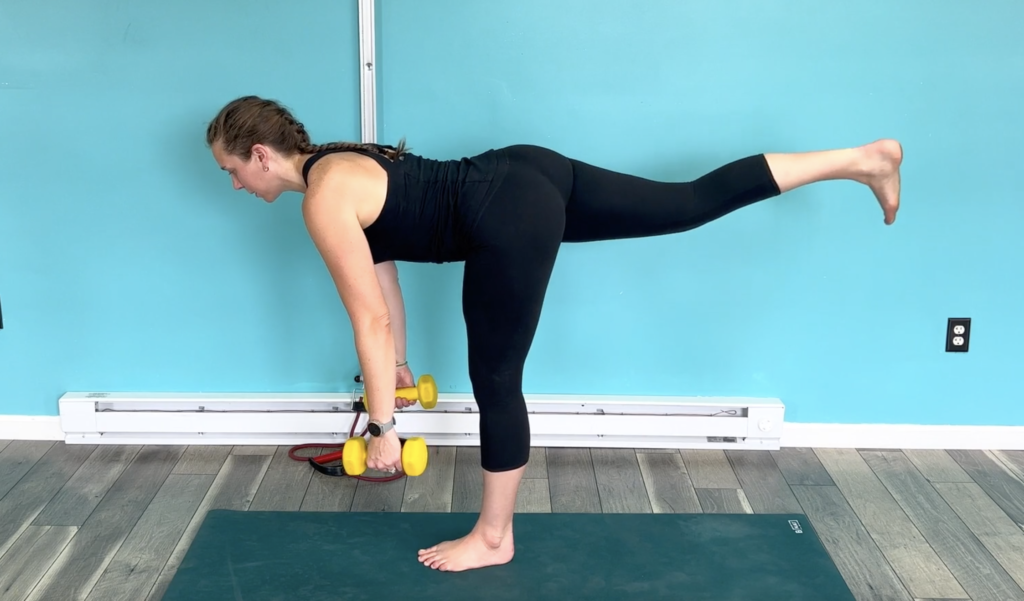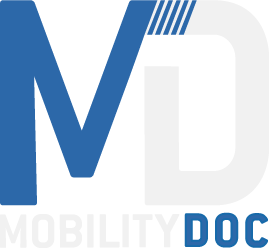Last week we talked about what asymmetries are and when they begin to become a problem. When it’s time to think about balancing asymmetries you need to consider what type of issue you’re having. It can be a strength issue, a flexibility issue, or a combination of both. Let’s begin this week by going over a few ways to discover which side is dominant.
Which Is My Dominant Side?
If you’re generally pretty even with your body it might be hard to identify which side is the dominant one. For the majority of us, we typically decide which hand is dominant as early as holding a crayon! Your legs can be a little more challenging to figure out.
If you want to check, some quick tests you can do are:
Pretend to fall – let your weight fall forward and see which foot shoots forward to catch you.
Balancing on one foot – Try standing on one foot and then the other. We can usually feel one leg as being more stable than the other.
Jumping – Try to jump as high as you can off the ground with one foot and then the other.
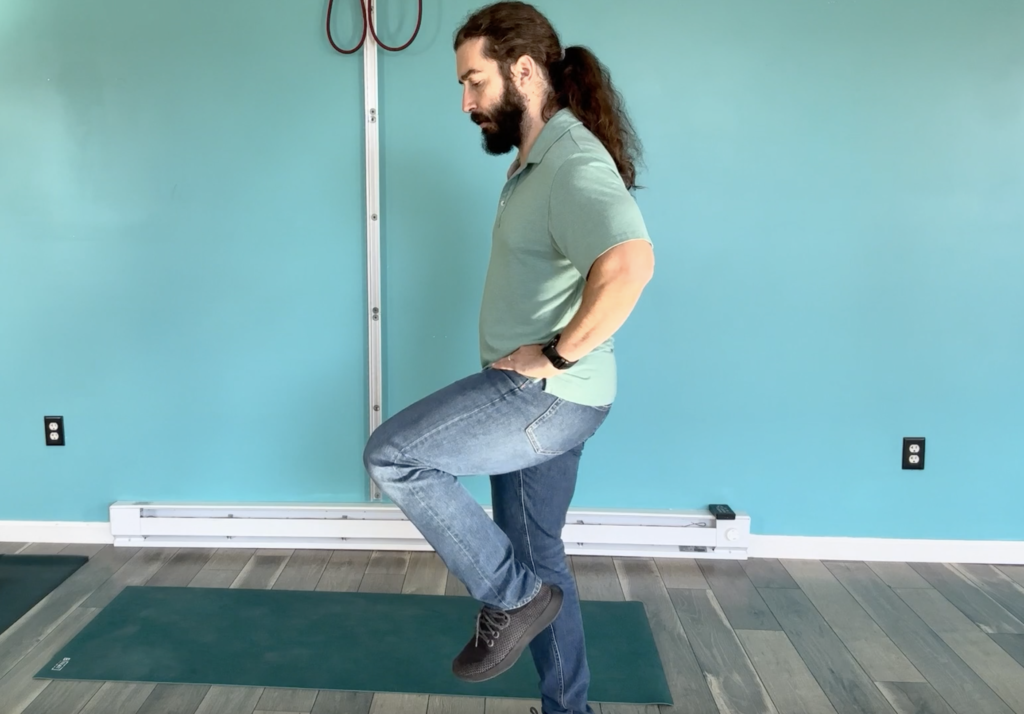
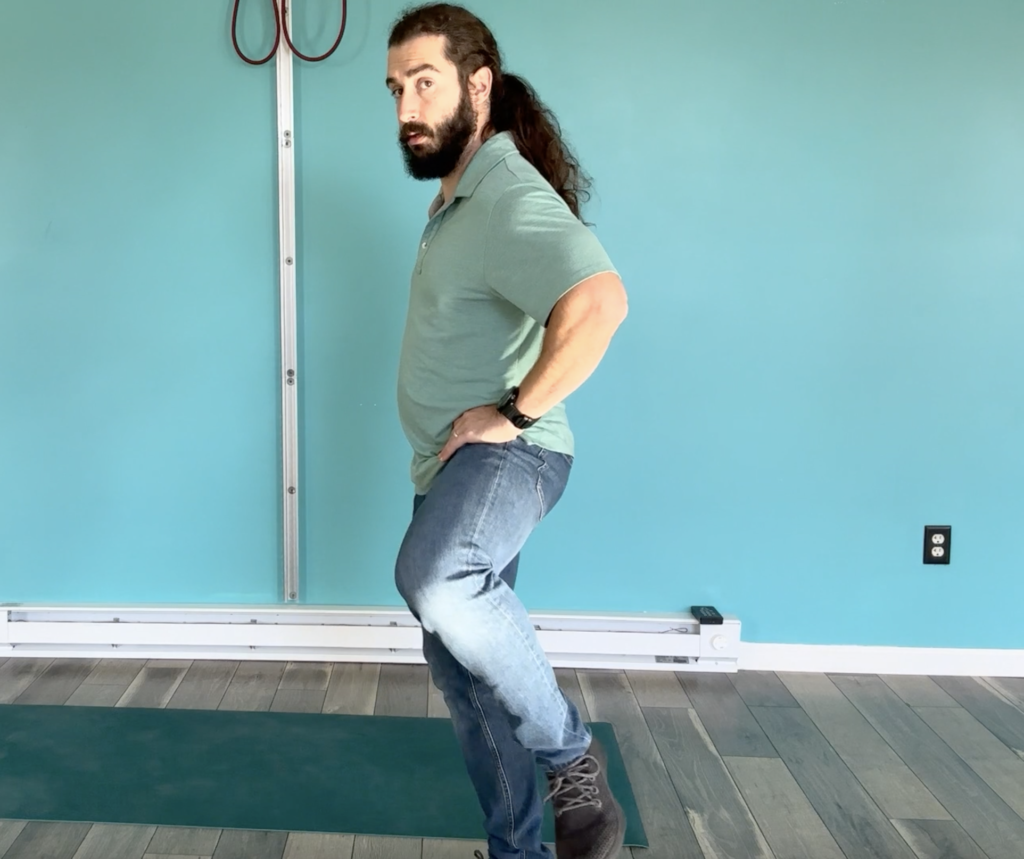
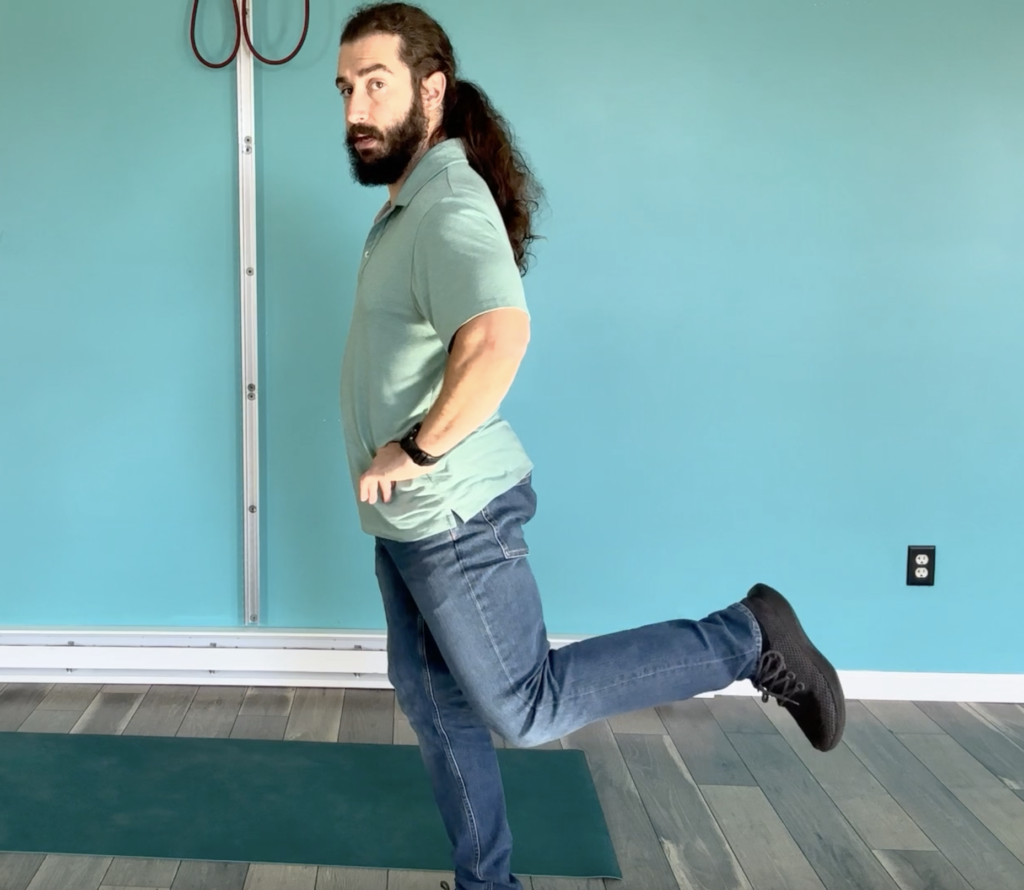
Between these three exercises hopefully you’re seeing a pattern. You should be able to determine which leg dominance you have with at least 2 out of the 3 being completed by the same leg. If you’re not used to doing a lot of single leg work, these exercises may have been difficult. Sometimes even an enlightening experience, they may have highlighted areas for improvement.
Now that you have an understanding of which leg is more dominant, take the time to feel any differences between the two. Is one hip tighter than the other? Keep these differences in mind when we begin to explore single leg exercises. Before that, let’s talk about two commonly diagnosed asymmetric conditions.
Upper Cross and Lower Cross Syndrome
Two common diagnosed asymmetrical conditions are called upper and lower cross syndrome. These are called crossed syndromes because if you draw an X on these parts of the body (from a side view) the muscles along the lines are either short and tight or elongated and not activating properly. These muscle groups feed off of the other and the tightness in one area is relative to elongation in the other.
Upper cross syndrome is when you have elongated or tight muscle imbalances due to looking at screens, driving, and other forward posture activities. The pectoral and upper trapezius muscles pull the front of your shoulder heads forward. The lower trapezius and rhomboids on your back become elongated. The combination of these allows you to have very rounded forward shoulders and neck placement.
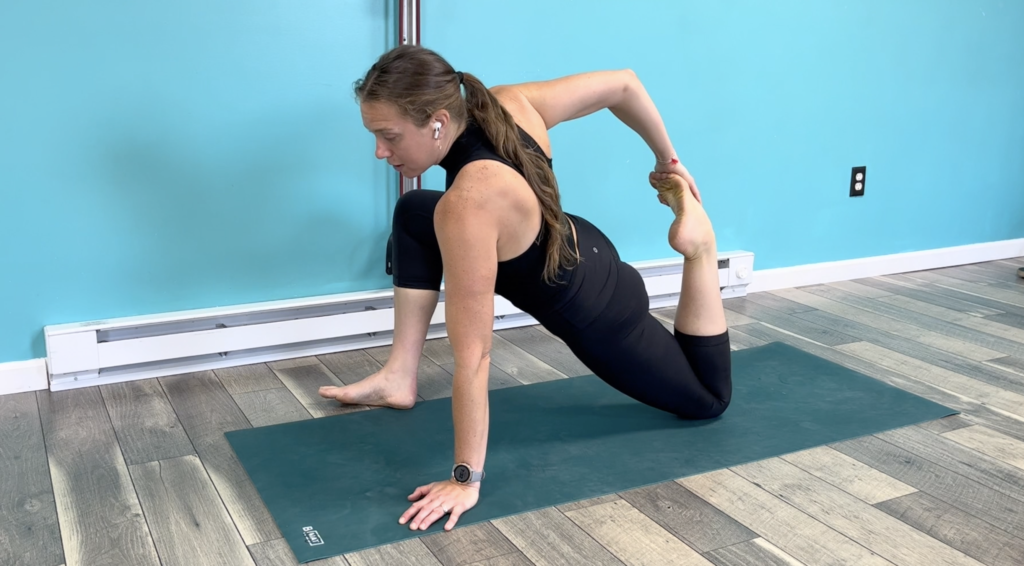
Lower cross syndrome is when you have similar styles of issues, just in the lower body. This leads to tight (short) hip flexors, and weak glutes from being seated for long periods of time. When we are in a seated position, the hip flexors are short and crunched together. On the other end, your glutes are stretched. People who commonly face this issue are office workers. This is typically due to sitting for long periods of time at a desk.
These two conditions are perfect examples of why balancing asymmetries is so important. Spending too much time in a seated position looking at screens in not ergonomically correct positioning for extended periods of time leads to postural issues that many people face. With the age of computers and smartphones we need to be combatting this type of posture regularly.
How To Balance Asymmetries
We learned last week that an asymmetry means not having equal proportions. So to create symmetry we want to balance ourselves out. The best way to do this is by not allowing our bodies to compensate by targeting our muscle areas one side at a time! By doing single arm and leg exercises we don’t allow for the stronger side to compensate. In this stage of the game awareness is a huge part of how to train your muscles. It can be surprising to see the differences between one side and the other. Instead of using a bar, try using dumbbells in each hand, or positioning your legs so you’re working on single leg stability.
Exercise Examples
Based off of the issues with both lower and upper cross syndromes, we know that imbalances are not just based on strength. Here are two exercises, one a stretch and the other a strengthening exercise. The arm sweeps will combat pec tightness associated with the forward posture in upper cross syndrome. Single leg glute bridges increase strength and promotes activation reducing potential problems associated with lower cross syndrome. These are great exercises for balancing asymmetries in both flexibility and strength:
If you’re feeling any kind of discomfort and you believe it is from an asymmetrical issue, don’t wait! Work on balancing your body today. If you’re not quite sure where to start, make an appointment today. We can help you navigate the issues you’re facing.
